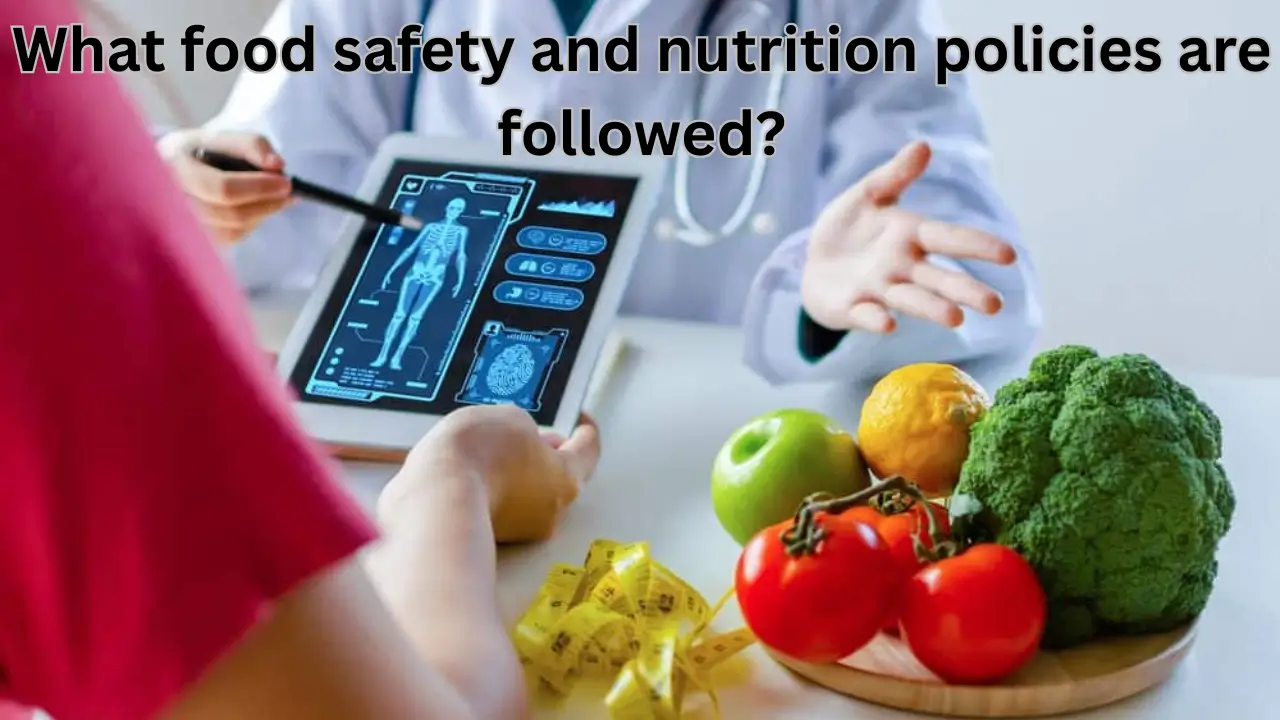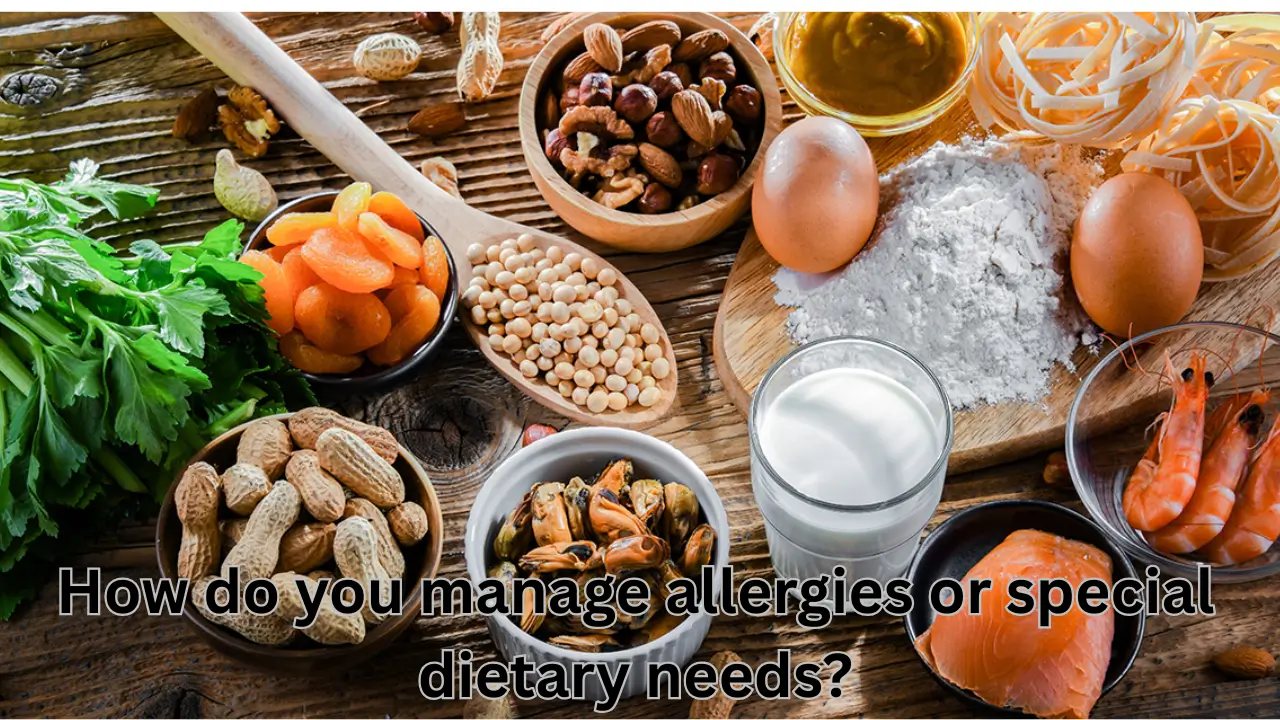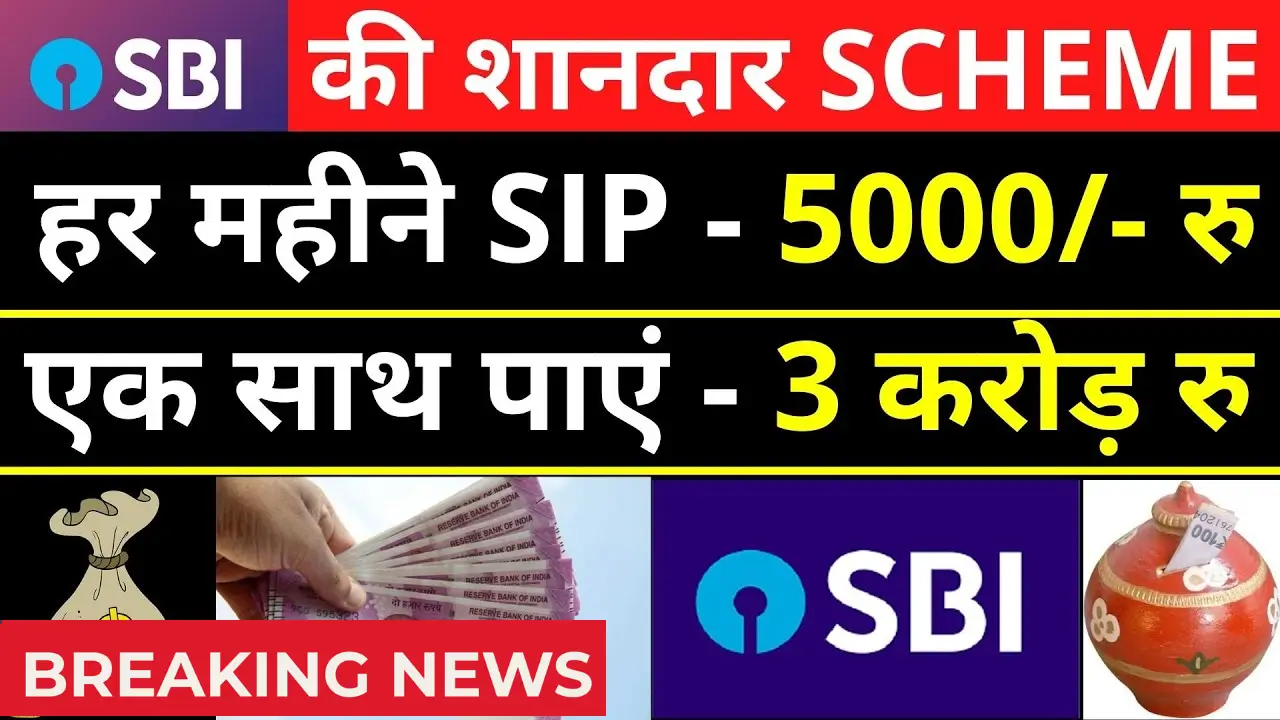Food safety and nutrition policies play a vital role in ensuring the health and wellbeing of individuals and communities worldwide. These policies regulate the production, processing, distribution, and consumption of food to minimize health risks, promote good nutrition, and support sustainable food systems. With rising concerns about foodborne illnesses, obesity, malnutrition, and environmental impact, governments and international bodies continuously update policies to respond to emerging challenges.
Overview of Food Safety Policies
Food safety policies establish guidelines and regulations to prevent contamination, adulteration, and hazards in the food supply. The main goals are to ensure that the food consumed is safe, wholesome, and accurately labeled.
- Governments typically assign regulatory agencies to oversee compliance, such as the Food and Drug Administration (FDA) in the US or the Food Safety and Standards Authority (FSSAI) in India.
- These agencies set safety protocols for food production, packaging, transportation, and retail.
- Policies also mandate regular inspections, monitoring for contaminants, product recalls, and strict labeling standards.
An important framework used internationally is the Hazard Analysis and Critical Control Point (HACCP) system. This system identifies critical points in the food supply chain where contamination risks are highest and enforces monitoring and corrective actions to maintain safety. Newly developed procedures like Nutrient Hazard Analysis and Critical Control Point (NACCP) extend this to ensure optimal nutritional quality alongside safety.
Nutrition Policies and Dietary Guidelines
Nutrition policies focus on promoting balanced diets, reducing unhealthy food consumption, and fighting malnutrition and diet-related diseases.
- Front-of-pack (FOP) labeling systems like Nutri-Score or traffic light labels provide consumers easy-to-understand nutritional information to help choose healthier options.
- Many countries impose regulations on foods high in saturated fats, sugars, and salt (HFSS), including taxes, restrictions on marketing, and reformulation requirements.
- Updated food-based dietary guidelines are increasingly incorporating environmental sustainability, encouraging plant-based diets, and reducing processed food intake.
- Food fortification initiatives address micronutrient deficiencies by adding essential vitamins and minerals to staple foods.
Key Components of Modern Food Safety and Nutrition Policies
| Component | Description |
|---|---|
| Risk Analysis & Management | Identification and control of physical, chemical, and biological hazards across the food chain. |
| Labelling & Transparency | Mandatory clear nutrition labels and origin information to empower consumer choices. |
| Monitoring & Surveillance | Regular testing of food products for contaminants and compliance with standards. |
| Recall & Reporting Systems | Efficient mechanisms to remove unsafe or adulterated foods from the market promptly. |
| Public Awareness Programs | Campaigns to educate on nutrition, food hygiene, and healthy eating habits. |
| Sustainable Practices | Policies promoting eco-friendly packaging, reduced pesticide use, and support for plant-based foods. |
Latest Policy Updates in 2025
Global Trends
- Increasing adoption of bold front-of-pack labeling across regions such as the EU, Mexico, and Chile, aimed at reducing obesity and non-communicable diseases.
- Governments enforce stricter guidelines and taxes on high-fat, sugar, and salt foods, especially targeting children’s food environments.
- The EU’s Farm to Fork Strategy leads the way in integrating sustainability into food safety policies by regulating pesticide use, packaging waste, and supply chain transparency.
- Corporate sustainability reporting mandates in the EU require companies to disclose environmental and social impacts, increasing accountability in the food industry.
India’s Initiatives
- The “Eat Right India” movement has significantly expanded, training millions of food handlers and certifying clean street food hubs and railway stations as “Eat Right” zones.
- New campaigns like “Stop Obesity” advocate reducing salt and oil consumption nationwide.
- Food fortification programs recommend several fortified products and include major edible oil and milk companies.
- Initiatives like the RUCO program collect used cooking oil for biodiesel production, encouraging environmental responsibility.
- Food Safety and Standards Authority of India (FSSAI) continues evolving regulations focused on scientific, risk-based food safety management.
Important Points to Remember
- Food safety is a continuous process requiring scientific approaches and strong regulatory enforcement.
- Nutrition policies not only target health but increasingly focus on environmental sustainability and ethical practices.
- Consumer education and transparent labeling empower healthier food choices and demand better industry standards.
- Cooperation among government agencies, food industries, and the community is essential for effective policy implementation.
Conclusion
Food safety and nutrition policies have come a long way in protecting public health by ensuring safe, nutritious, and sustainable food. With evolving science and growing consumer awareness, regulations continue to adapt by focusing on transparency, reducing harmful food components, and promoting sustainable diets.
Effective enforcement, combined with public participation and innovative approaches, will be crucial to meet future food safety challenges and foster healthier populations globally.











